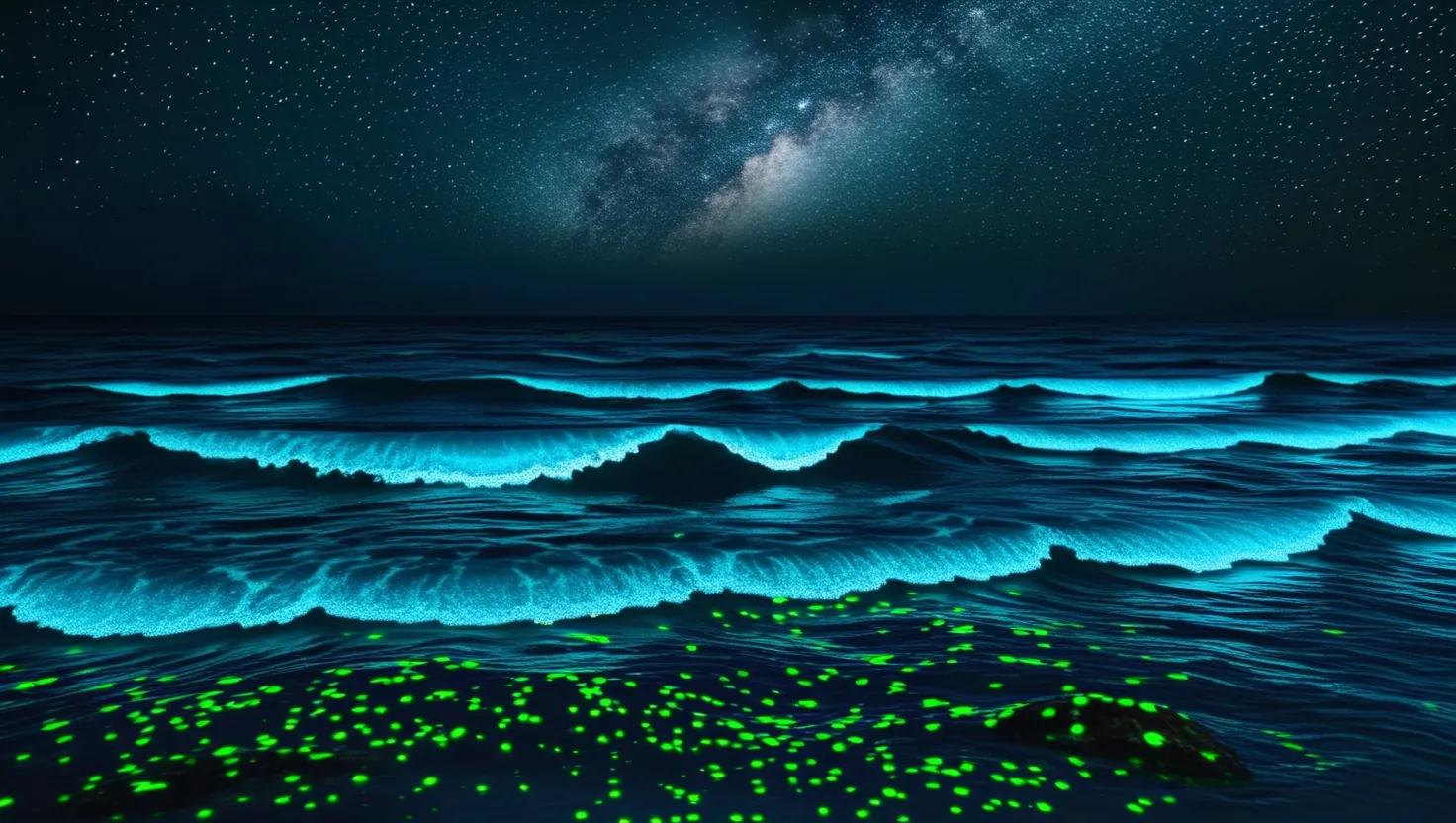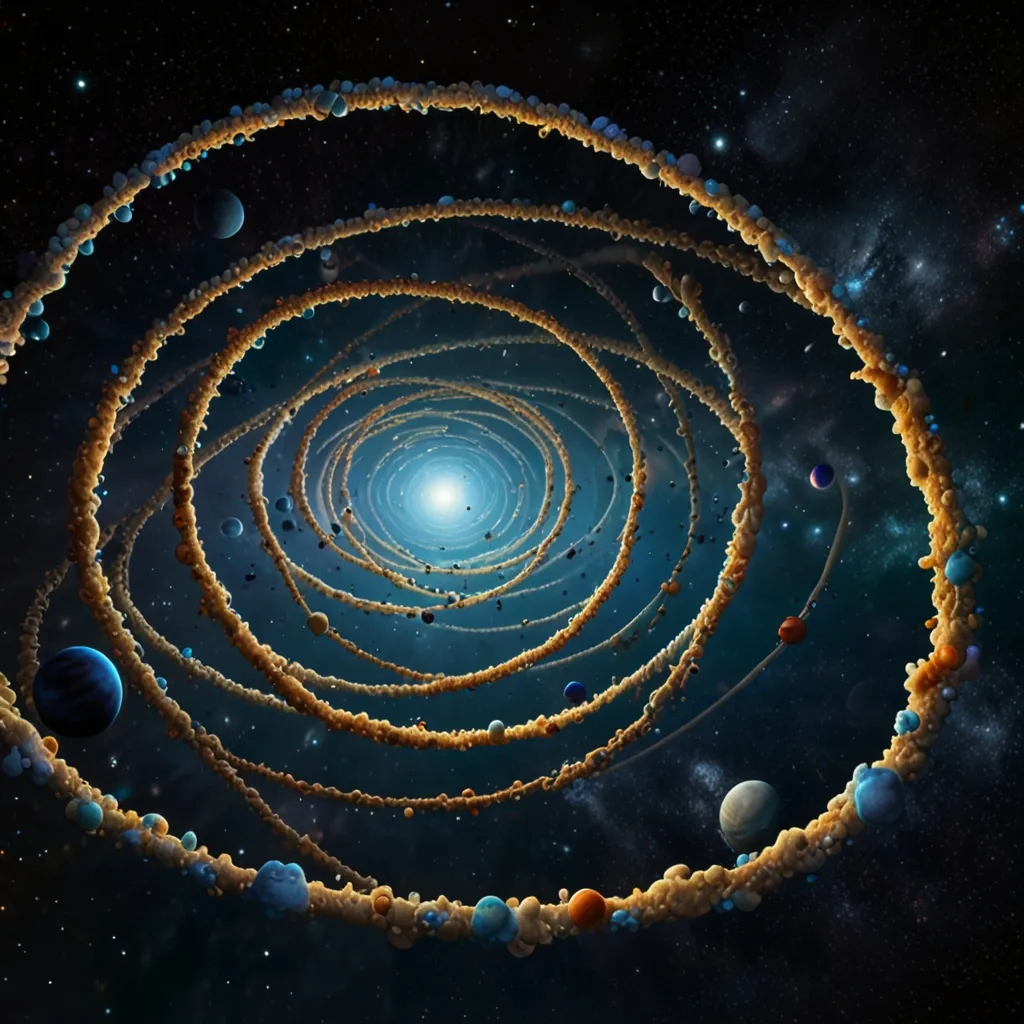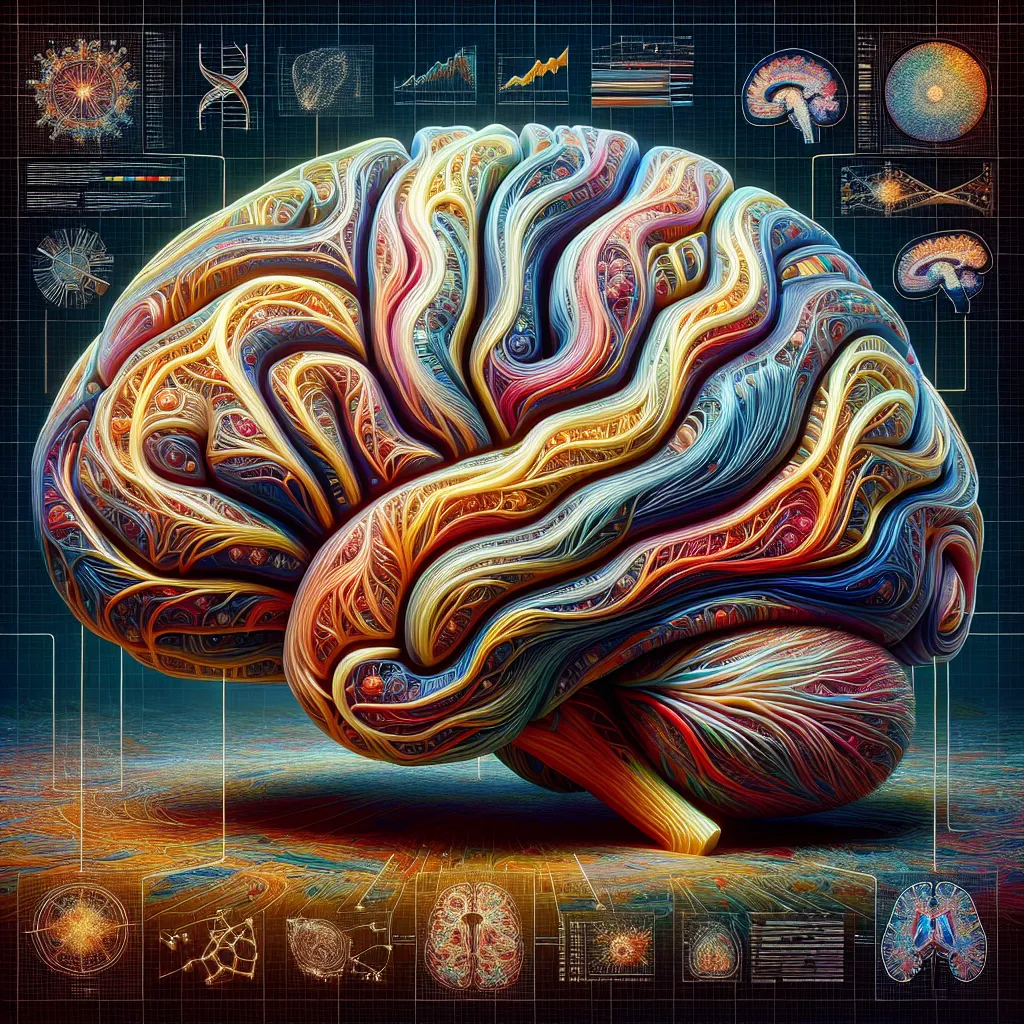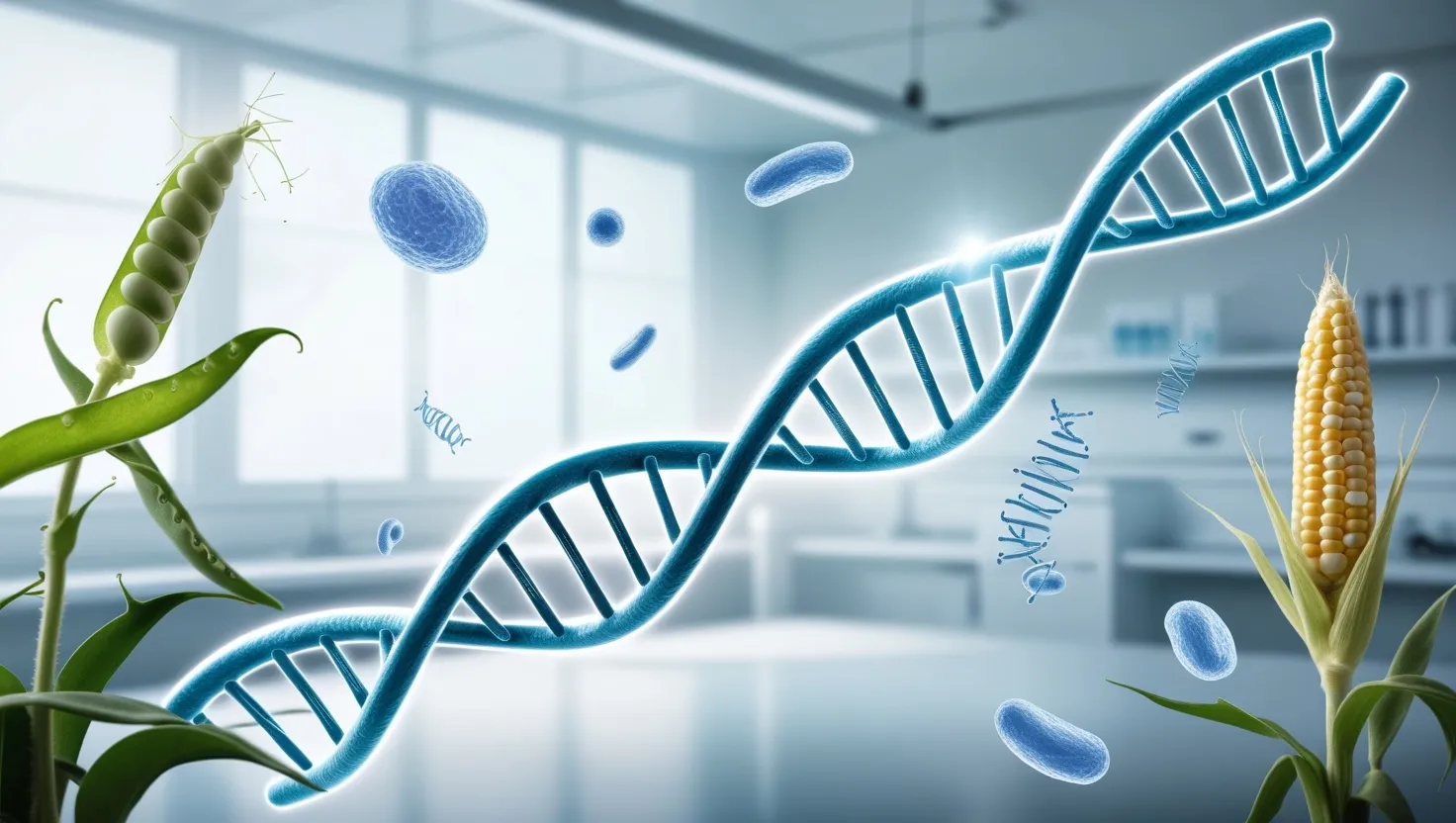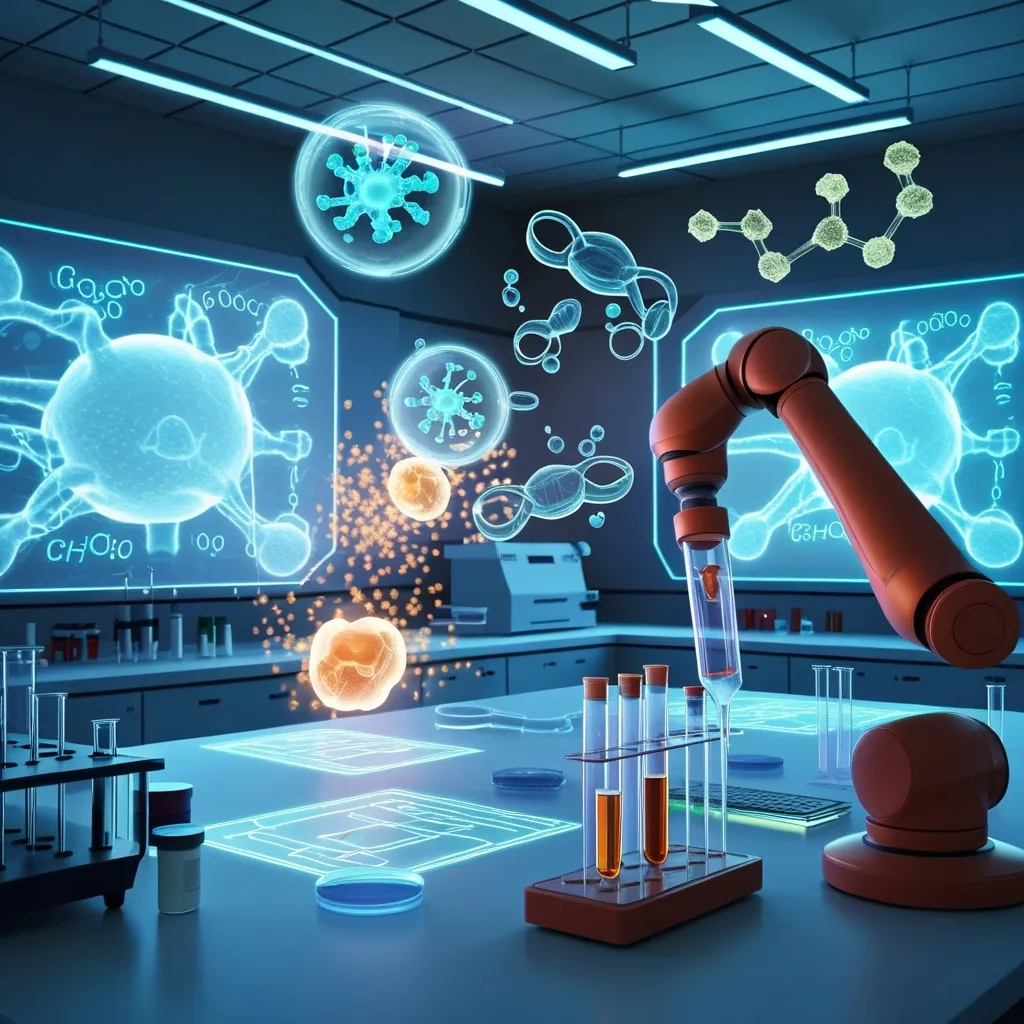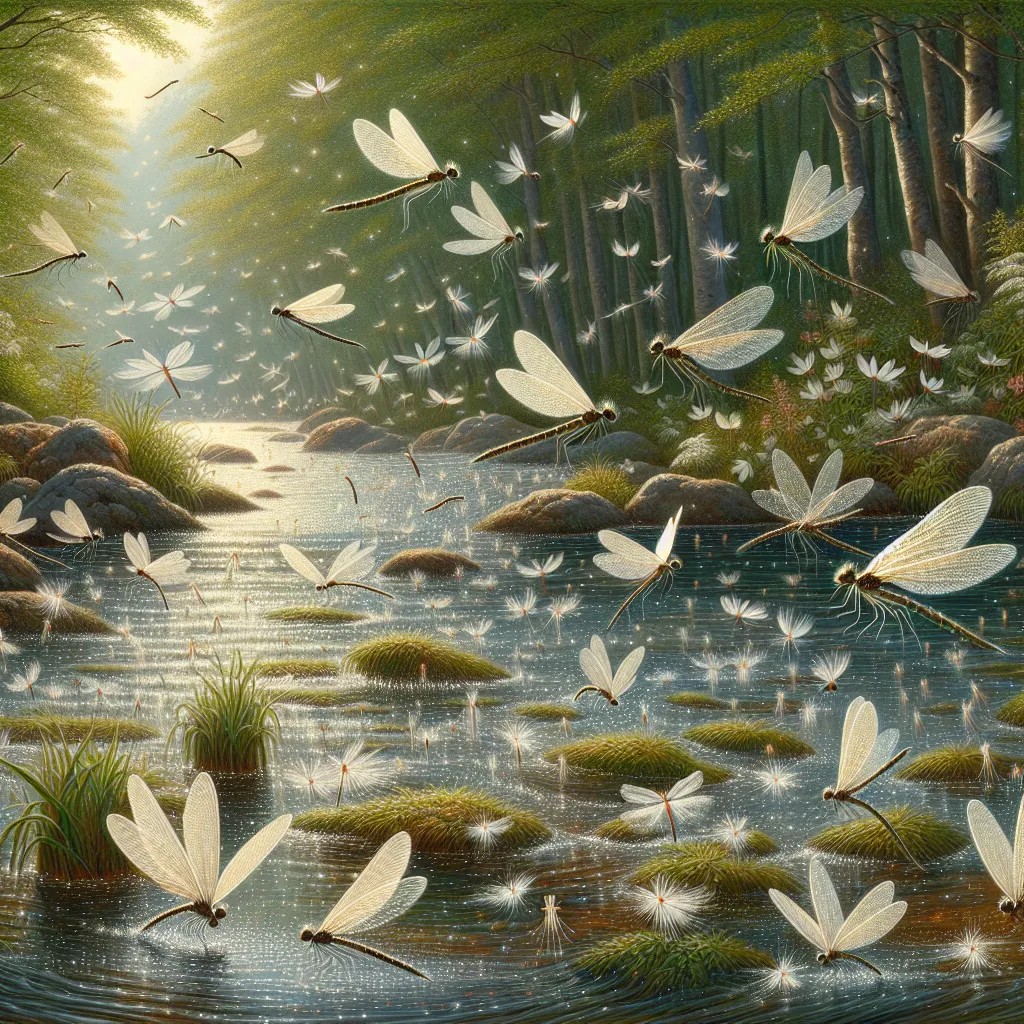As I stood on the shore of Tomales Bay, the darkness of the night was suddenly illuminated by a mesmerizing blue glow. The water, once a deep black, now shimmered like a canvas of stars, each movement creating a new pattern of light. This enchanting display is courtesy of bioluminescent algae, tiny microorganisms that have the extraordinary ability to produce light.
Bioluminescence is a natural phenomenon where living organisms emit light through a chemical reaction. In the case of bioluminescent algae, such as dinoflagellates, this process involves a light-emitting compound called luciferin and an enzyme called luciferase. When these two components react in the presence of oxygen, they release light particles, or photons, which we see as a glowing effect[2][3][4].
The Science Behind the Glow
To understand why these microorganisms glow, we need to delve into their biology. Dinoflagellates, for example, are single-celled organisms that thrive in ocean waters. They have delicate tails, or flagella, which allow them to migrate through different layers of the water column, from the sunlit surface to the nutrient-rich depths. This migration is crucial for their survival, as they need sunlight for photosynthesis and nutrients from the deeper waters to grow.
The bioluminescence in dinoflagellates is primarily a defense mechanism. When their cell walls detect pressure, such as from a predator, they emit a flash of light. This sudden illumination can startle or deter predators, giving the dinoflagellates a chance to escape. It’s a clever strategy that has evolved over millions of years to ensure their survival in the vast and often hostile ocean environment[4].
Ecological Importance
Bioluminescent algae are not just a spectacle; they play a vital role in the marine ecosystem. They are at the base of the marine food web, producing energy through photosynthesis that is consumed by tiny zooplankton, which in turn feed larger animals all the way up to whales. This energy transfer is essential for maintaining the balance of marine life.
Moreover, bioluminescent organisms like dinoflagellates help scientists understand ocean chemistry and biology. Their populations respond quickly to changes in water temperatures, weather conditions, and nutrient levels, making them valuable indicators of ocean health. By studying these organisms, researchers can gain insights into the broader health of our oceans and the impacts of climate change[4].
Applications in Biotechnology
The fascination with bioluminescence extends beyond its natural beauty; it has significant applications in biotechnology and medicine. Researchers have harnessed the bioluminescent properties of certain species to develop markers and tools for scientific research. For instance, the green fluorescent protein (GFP) derived from the jellyfish Aequorea victoria has revolutionized biomedical research by allowing scientists to visualize live cells in real-time. This has been instrumental in studying cellular and molecular biology, enabling breakthroughs in fields such as cancer research and genetic engineering[1].
Sustainable Lighting Solutions
The potential of bioluminescent algae in sustainable lighting is an area of growing interest. Imagine a world where our homes and public spaces are illuminated not by electric lights, but by living organisms that produce their own light. This is not as far-fetched as it sounds. Products like the Bio-Orb, which contains microalgae that absorb light and CO2 during the day and emit light at night, are already available. These bio-luminescent orbs not only provide a unique lighting solution but also help clean the air by removing greenhouse gases and toxins[5].
Personal Encounters
My experience on Tomales Bay was not just about observing bioluminescence; it was about connecting with nature in a way that felt almost magical. As I paddled through the bay, each stroke of the paddle created a trail of sparkles, like I was painting the water with light. It was a reminder of the beauty and complexity of the natural world, and how much we still have to learn from it.
In places like Jamaica’s Glistening Waters, bioluminescence has become a cultural phenomenon. The lagoon’s black waters come alive with a blue-green glow when disturbed, a sight that has captivated locals and tourists alike. Here, the bioluminescence is not just a natural wonder but also a part of local folklore, with stories of its mystical and rejuvenating properties[3].
Conservation and the Future
As we marvel at the beauty of bioluminescent algae, it’s important to remember the delicate balance of their ecosystems. Climate change, pollution, and other human activities can disrupt the habitats of these organisms, threatening their survival. It is crucial that we take steps to conserve these ecosystems, not just for the sake of these microorganisms but for the health of our oceans and the planet as a whole.
The study of bioluminescence is an ongoing journey, with scientists continually discovering new species and understanding the complex roles these organisms play in their environments. As we explore the depths of our oceans and the intricacies of these ecosystems, we are reminded of the ingenuity and resilience of nature. Bioluminescent algae are more than just nature’s nightlights; they are a testament to the incredible diversity and adaptability of life on Earth.
In the end, the glow of bioluminescent algae is not just a spectacle; it’s a call to action. It reminds us of the beauty and importance of preserving our natural world, and the potential for innovation and discovery that lies within it. As we continue to explore and learn from these tiny light-producing organisms, we are also inspired to protect and cherish the world they inhabit.
